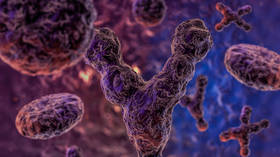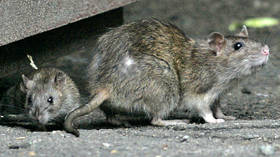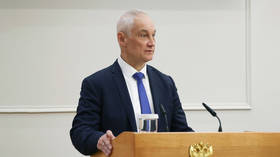Y chromosome fully sequenced

Scientists have fully sequenced the human Y chromosome, typically found only in males, according to two papers published in the journal Nature on Wednesday. It is the last of the 24 human chromosomes to be thoroughly investigated.
The sex-linked chromosome, which is shorter than the rest of the human genetic complement with just 45 genes compared to over 1,000 on the X chromosome, has “extensive variation” in its size and structure, the researchers revealed.
The first Y chromosome the researchers sequenced had over 62.4 million base pairs of DNA – 30 million more than the current ‘reference’ genome, called GRCh38. They corrected numerous errors in the reference model, identified 41 new genes that code for proteins, and revealed the complete structures of multiple families of genes involved in the production of sperm.
Researchers then used that sequence to create a software program to help them sequence 43 more men’s Y chromosomes, which ranged from 45.2 million to 84.9 million base pairs in size – considerably more variation than expected.
Just 50% of the Y chromosome's sequence had been previously established by the Human Genome Project. Scientists examining it were previously stymied by large chunks of repetitive DNA sequences, previously thought to be “junk.”
However, even this material, called heterochromatin, exhibited “surprising” variation among the study participants, senior author Charles Lee of the Jackson Laboratory for Genomic Medicine told LiveScience, explaining “this strongly suggests some as-of-yet unknown functional significance for this chromosome region.”
A paper published earlier this year appeared to confirm an important role for the formerly junk DNA, suggesting it played a key role in the evolution of the human brain and cognition.
Because other human chromosomes occur in twos, the mutations that occur during the development of sperm and eggs can be mitigated by gene-swapping between the pairs. However, the Y chromosome is too different from the X chromosome to swap out its mutations and as a result has degraded over millions of years from containing the same number of genes as X to its current rump status.
While the Y chromosome is expected to keep shrinking and eventually disappear, scientists have reassured humanity that this does not mean men will cease to exist, as other mammalian species have lost their Y chromosomes and continued to display sex differentiation, with other genes taking over the job as the main determinant of sex.













